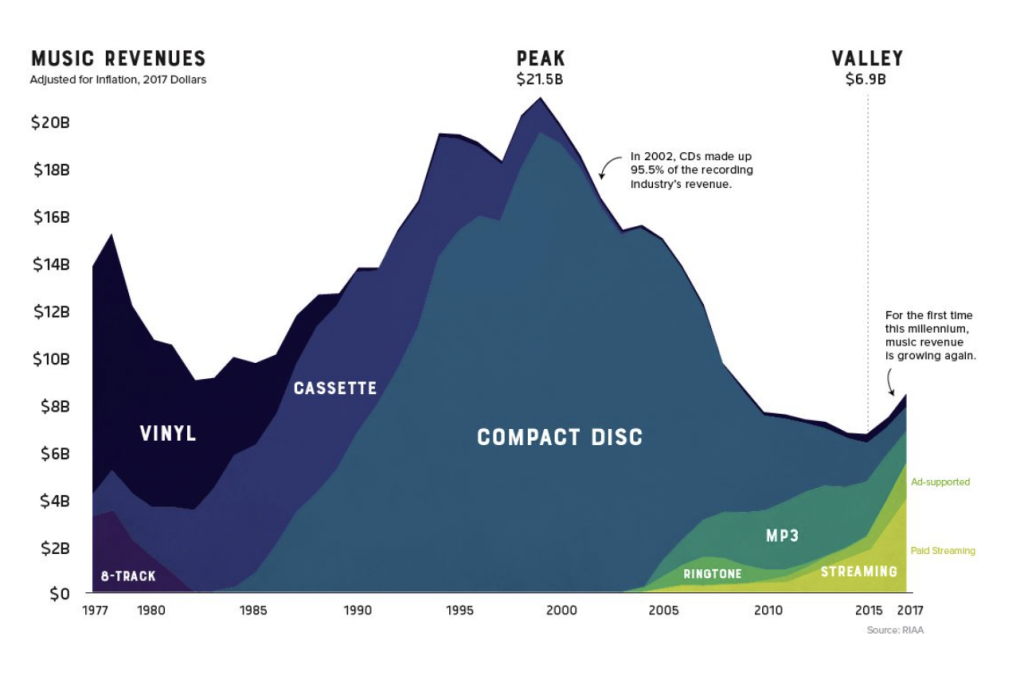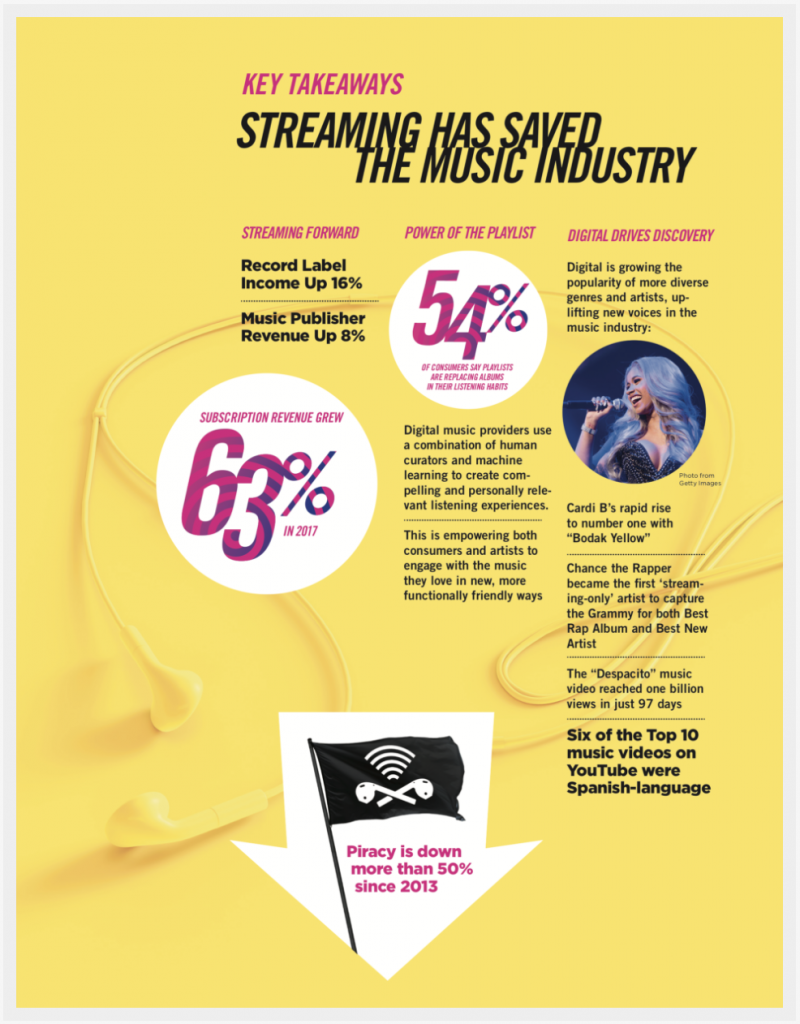Buy a “vegan” hat… carnivores!
Hello, good to see ya again! I wanted to give you all (my thousands of dedicated subscribers) a quick update on what I’ve been working on this week. I will also be completing the mid-quarter reflection of my project on the next post.
Internship
This week I started my research by going to my weekly internship meeting at Duke’s Fuqua School of Business. The meeting was directed by a Ph.D. student who had been contemplating the role that “identity threat” can play in our behavior and ultimately affect our decision-making. He gave the example of marathon runners who put the bumper sticker “26.2” on their car to represent the number of miles they have run (presumably in a marathon.) Sometimes, instead of putting a sticker that says 26.2 on their bumper, people who don’t run marathons will ironically put on a sticker that says “0.0”. In our discussion, we tried to figure out the psychology behind purchases like these. The group questioned if stickers like these were bought by individuals who actually felt threatened by marathon runners or by consumers who wanted to make a statement about what is important and worthy of showcasing, but the group ultimately came to the conclusion that it was an example of ironic consumption.
In the discussion, the phrase ironic consumption was introduced. Caleb Warren, a Behavioral Economist at the University of Arizona, states, “Ironic consumption lets people selectively signal one meaning to an in-group (which is likely to detect irony), and another to out-groups (which are unlikely to detect irony). For example, suppose I’m a meat-eater with a handful of close meat-eating friends, and we are surrounded by neighbors who believe that eating meat is wrong. By ironically wearing a ‘Vegan’ hat, I could make a good impression both on my vegetarian neighbors, who will think I am a fellow kale enthusiast, and my friends, who will realize that I am wearing the hat ironically.” Our discussion also concluded that if the sticker is meant to be ironic, then it is utilizing something called the “benign violation theory”. This theory states that in order for something to be consumed ironically it must be seen as a balance between a benign threat and an actual threat. Humor Research Lab gives an example by stating, “play fighting and tickling, which produce laughter in humans (and other primates), are benign violations because they are physically threatening but harmless attacks.” The group agreed that the bumper sticker was an example of this. The extent to which this discussion can be applied to my study, in particular, is small, but I nevertheless think that this is a really interesting topic that would be fascinating to investigate more in the future.
Other studies
The remaining 2.5 hours that I spent researching this week were spent reading some theses by recently graduated Davidson students, Shelby Graff and David Martin. The two students investigated the effects that Spotify and other streaming services had on songs and musicians. Their ultimate question was whether musicians valued creativity > income or income > creativity. In their report, the two explained how Spotify records that a song has been officially “listened to” when it has been played for 30 seconds by a listener. It is worth noting that artists get paid by Spotify based on the number of individual listens they have. Thus, modern streaming services are encouraging musicians to put the hook of their song earlier as well as the chorus.
This is one of many examples that shows the ways in which modern technology is changing the musical landscape. Another good example can be seen in how songs, in general, are produced today. Whereas in the past, consumers would have to purchase an entire album to listen to a song, now all one needs to do is download Spotify or some other streaming service and listen to any individual song they want. This is incentivizing artists to spend more time on individual releases rather than going through the hassle of making an album. The paper ultimately concludes that smaller, lesser-known artists are more likely to appeal to the modern listener’s desires to secure the “listen” whereas more established artists have the devoted fans and economic wherewithal to be more creative.
This research is intriguing and can be included in some studies that I conduct. If stores had to play the full album of an artist in their store would that lower the average time a consumer spends in the store compared to playing a station that plays the top 100 songs around the music world? This would be an interesting experiment to conduct.
Excerpts
Here are some interesting and significant excerpts from their report:
“By beginning the chorus or hook early in the song, artists are inherently giving up the opportunity potentially to be creative with an instrumental riff or a long verse with a slow build to the chorus, as examples. But, by catching and maintaining the listener’s attention with the chorus or hook the artist is encouraging the person to stream the song for more than 30 seconds. So, this 30-second rule reveals artists’ preferences either to express this aspect of creativity or to earn income, a decision which motivated us to model economically and to measure this aspect of artistic creativity.”
“To purchase (say) the one hit song, the consumer would also be required to purchase the stinker song included on the album. More importantly for us, artists could package songs intended to generate income (hit songs) with songs in which they expressed their creativity. However, since the streaming services allow consumers to pick and choose the song they want to listen to or to download, artists now must now focus on the individual song. And, they do; as examples newly popular artists such as Camila Cabello released six songs before her album debut, Cardi B released four, and PrettyMuch released six with still no album yet and more established artists such as Taylor Swift released four songs before her album Reputation, Justin Timberlake released three before Man of the Woods, and Jason Derulo released five since his most recent album (Leight 2018). Thus, the technological shock that the introduction of streaming forces artists and analysts to think carefully about each song and especially the first 30 seconds of each song.”
“We build our model upon the framework of Kahneman and Tversky’s development of prospect theory, loss aversion, and decision making under risk and uncertainty into the theory of reference dependent utility. They proposed that rather being based upon the absolute values of money or payoffs, individuals situate their value functions around a reference point such that their evaluations of gains and losses are dependent upon whether they are above or below it. They also discuss how the value function is generally concave for gains and convex for losses, and it is steeper for losses than gains (1979).”
– Graff and Martin

